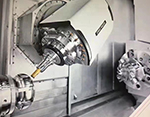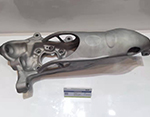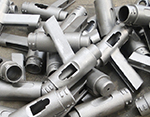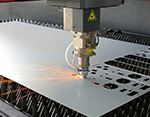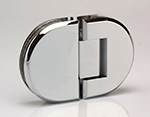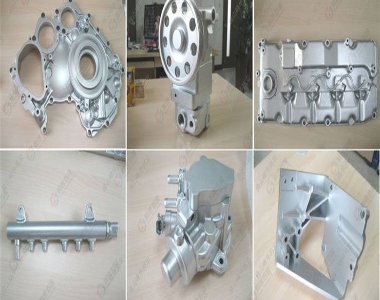-
Service
+
- CNC Precision Machining Service +
- Multi-Axis Simultaneous Machining Service +
- CNC Turning Service +
- Metal 3D Printing Service +
- Rapid Prototyping Service +
- Die Casting Service +
- Sheet Metal Fabrication Service +
-
Finish Serivces
+
- Polishing
- Grinding
- Brushed Finish
- Sand blasting
- Painting
- Powder Painting
- Anodizing
- Hard anodizing Service
- Passivation
- Zinc Plating
- Nickel Plating
- Chrome Plating
- Blackening
- Black Zinc Plating
- Teflon Coating
- Titanium Coating
- DLC Coating
- Laser Marking
- Silk Screen Printing
- Transfer Printing
- Micro Arc Oxidation
- Industries +
- About Us +
- Resource +
- Contact Us
- Quote

-
Service
-
>
-
>
-
>
-
>
-
>
-
>
-
>
-
>
-
- Industries
- About Us
- Resource
- Contact Us
Mricro arc oxidation on Aluminium
Kesu Hardware Group is Micro-arc oxidation processing and passivation processing are high-quality merchants. Kexing specializes in customized micro-arc oxidation processing of magnesium-aluminum-titanium alloys. It has excellent performance - heat resistance/wear resistance/corrosion resistance. WelThe micro-arc oxidation technology of aluminum and aluminum alloy materials mainly includes three parts: pre-treatment, micro-arc oxidation and post-treatment of aluminum-based materials. The process flow is as follows: aluminum-based workpiece → chemical degreasing → cleaning → micro-arc oxidation → cleaning → post-processing → finished product inspection
Micro-arc oxidation technology is a high-tech technology for in-situ growth of ceramic layers on the surface of light metal alloys such as aluminum, magnesium, and titanium. Its principle is to generate an anodized film on the surface of the workpiece and simultaneously transform the polarized film into a 7000K high temperature instantaneous micro-arc. For ceramic phase. The ceramic layer has high hardness, high wear resistance, good toughness, strong bonding with the matrix, corrosion resistance, high temperature oxidation resistance, and good insulation. It is especially suitable for light metal alloys that move at high speed and require high wear resistance, corrosion resistance, and high temperature impact resistance. parts. The application of this technology in the aviation, aerospace, weapons, automobile, shipbuilding, machinery and other industries in Russia, the United States, Germany, Japan and other countries has reached a very high level.
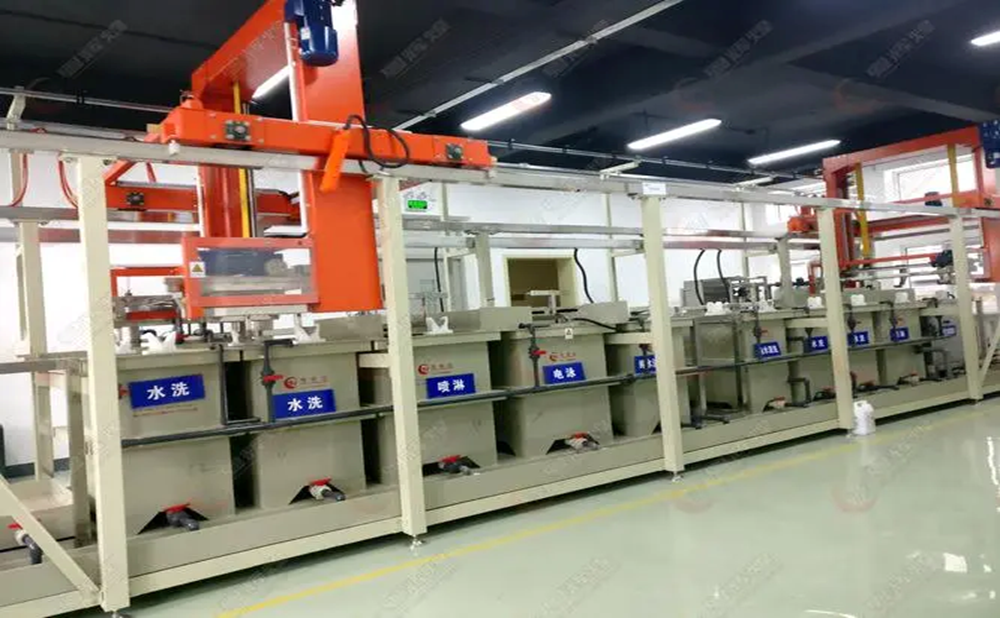
Features of micro-arc oxidation technology:
Microarc oxidation (MAO for short) is a process in which high voltage (DC, AC or pulse) is applied to an electrolyte solution (usually weakly alkaline) to generate a ceramic surface film layer. The film layer has high hardness and is wear-resistant. Excellent performance, the film layer has a ceramic texture.
Application of micro-arc oxidation technology in actual production:
It has extremely wide application prospects in industrial fields such as machinery, automobiles, national defense, electronics, aerospace and civil construction. It can be mainly used for surface strengthening treatment of aluminum-based parts that have special requirements for wear resistance, corrosion resistance, thermal shock resistance, high insulation and other properties; it can also be used in construction and civil industries that have high requirements for decoration, wear resistance and corrosion resistance. Surface treatment of aluminum base materials; it can also be used for surface strengthening treatment of special aluminum base alloy materials that cannot be treated by conventional anodizing. For example, aluminum-based pistons, piston seats, cylinders and other aluminum-based parts of various vehicles such as automobiles; various aluminum-based molds in the machinery and chemical industries, the inner walls of various aluminum cans, and various aluminum-based parts in aircraft manufacturing Components such as warehouse floors, rolling rods, guide rails, etc.; as well as various aluminum-based hardware products in the civil industry, fitness equipment, etc.
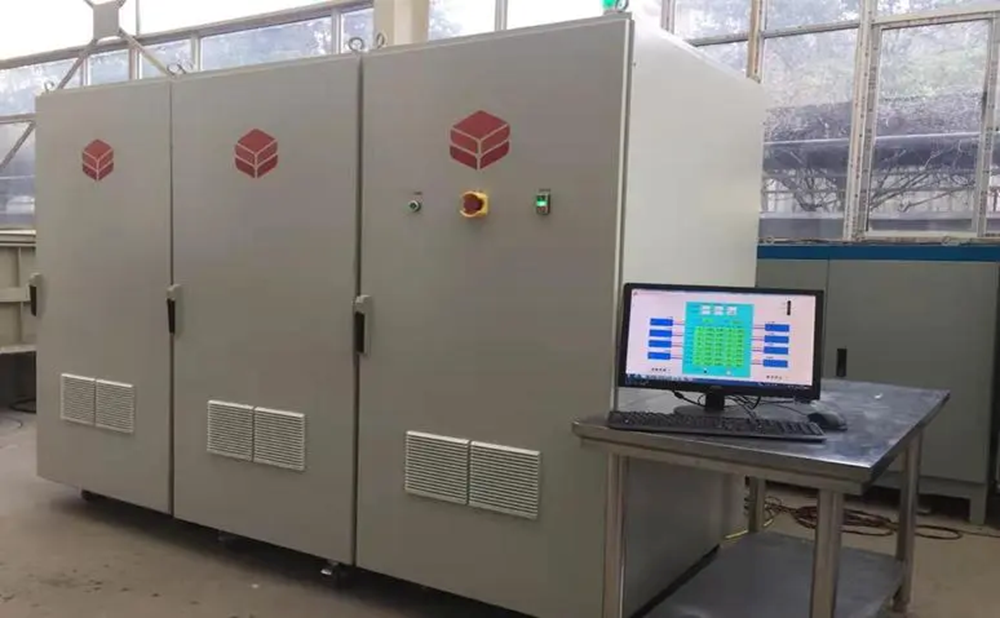
Contact:
Email: Maggie@kesugroup.com,
WhatsApp: +86 135-3842-1321
Our engineer team are ready for your projects and provide feedback quickly.

